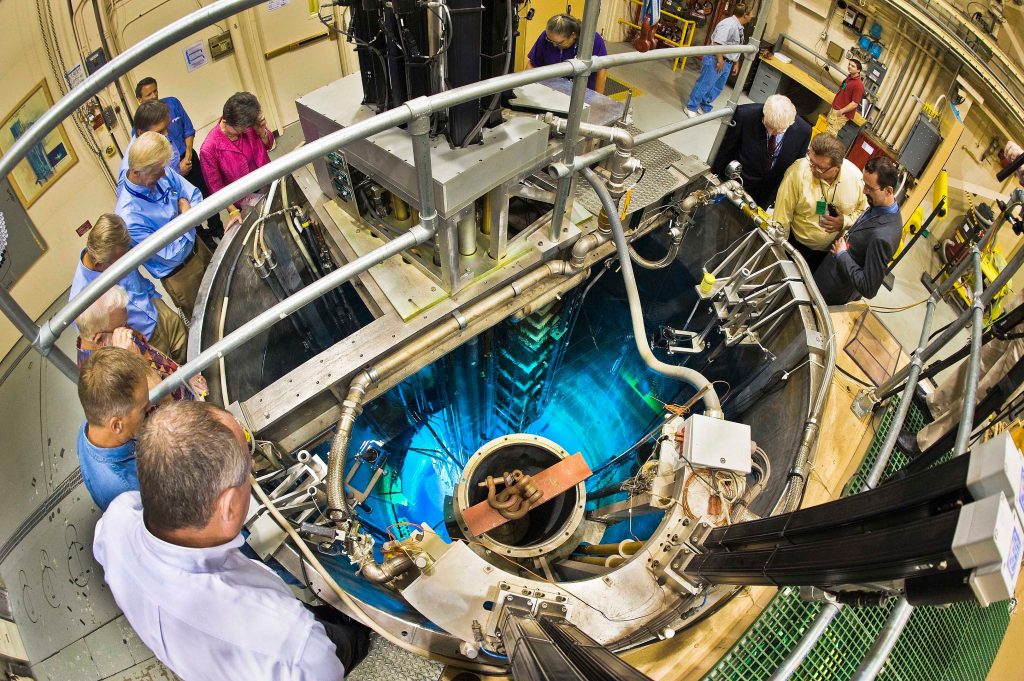Throughout 2018, the Atlantic Council Global Energy Center convened a “Task Force on US Nuclear Energy Leadership,” comprised of civilian and military experts in foreign policy, defense, and nuclear energy, with Senators Mike Crapo (R-ID) and Sheldon Whitehouse (D-RI) as honorary co-chairs, to address the national security implications of the decline of the US nuclear power industry. Their insights, analysis, and recommendations provided the foundation for this report, US Nuclear Energy Leadership: Innovation and the Strategic Global Challenge.
The issue: Although the United States still has the largest number of operating reactors globally at ninety-eight units, which provided 19.3 percent of US electricity and 55.2 percent of its carbon-free generation in 2018, the United States is facing a serious challenge to its historical leadership in the global civilian nuclear power market.
The challenges: Challenges to the civilian nuclear power market include the aging US nuclear power fleet, the continuing and premature closure of US nuclear plants, difficulties in building new plants, financial difficulties of leading US nuclear energy companies, the decline of domestic nuclear fuel-cycle capabilities, supply chain atrophy, an uneven regulatory and highly fragmented policy environment, a long-disempowered Export-Import Bank, continuing and intense price competition from gas and renewables in competitive regional markets, the ambitious domestic and international nuclear energy programs of Russia and China, and the difficulties facing key US allies in civilian nuclear technology development.
The task force’s central conclusion is that the United States should mount a determined national mission to regain US leadership by developing, demonstrating, and deploying a new generation of reactors, while maintaining the current nuclear fleet and meeting national standards for safe operation and international standards for proliferation resistance. The report argues that a serious commitment to the US nuclear industry and its future growth and technological development can bring significant security, economic, and environmental benefits to the United States, as well as put the US in a position to better compete internationally. This national mission must happen quickly because regaining international leadership will take multiple years of sustained effort.

Becca Hunziker is a program assistant at the Atlantic Council Global Energy Center.
Image: A group of spectators gathers at the Annular Core Research Reactor for its 10,000th operation. The reactor has been in operation since 1979 at Sandia National Laboratories in New Mexico. September 2011 (photo by Randy Montoya/Nuclear Regulatory Commission/Flickr).


